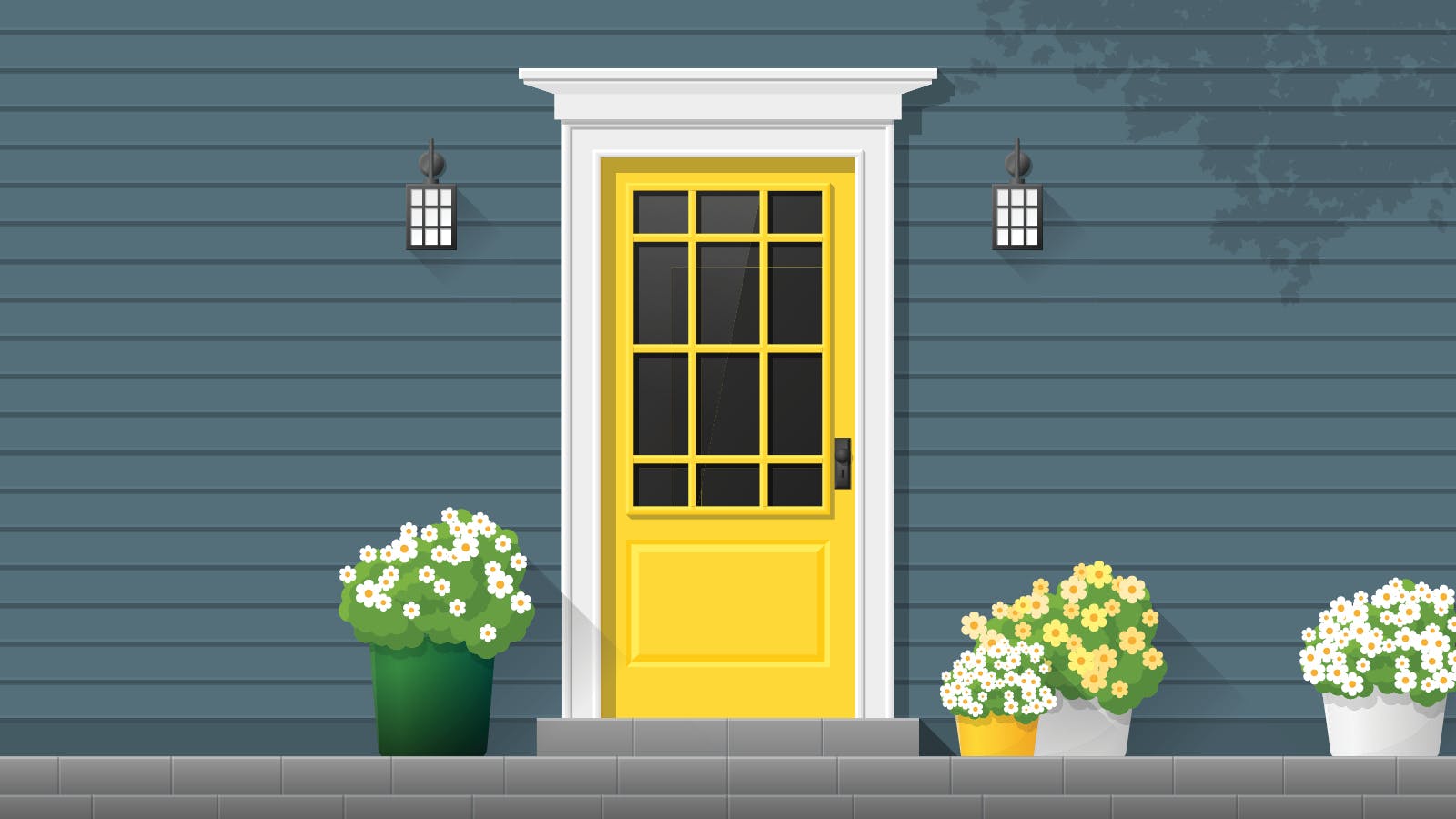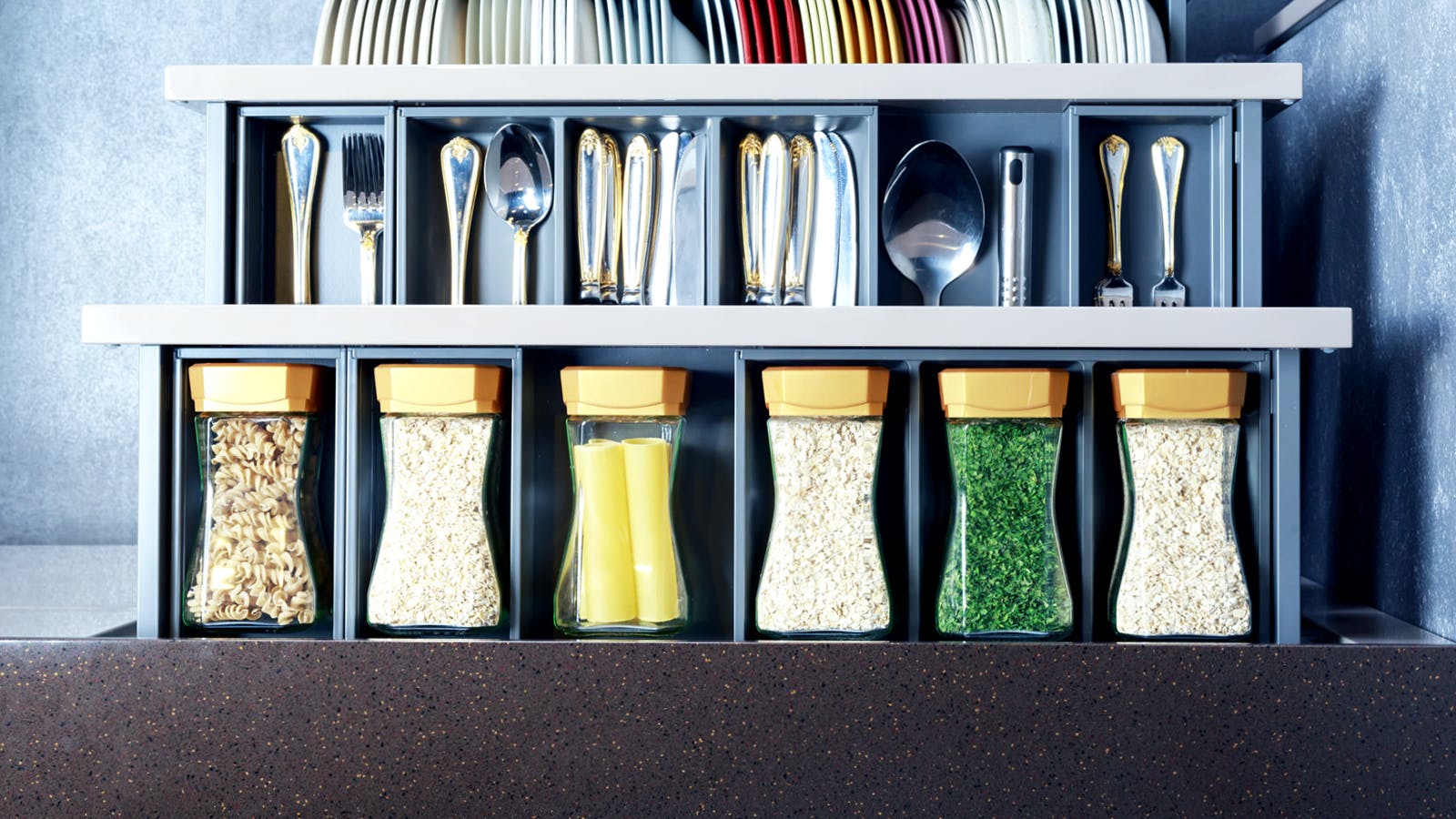While warm spring weather may feel like a relief, the potential water damage that comes with those April showers isn’t quite so rosy. Rainwater, when heavy and frequent, can easily overpower both natural and manmade systems, leading to flooding, leakage and hefty repair costs. Here’s how to prevent water damage in your home for when those spring showers turn to torrential downpours.
Common types of rain damage
Seepage
Where there’s a will, there’s a way! Water has a habit of sneaking into your home through cracks in the walls or floor. Not only will a damp basement wreak havoc on your nose, it poses a risk to your wallet and your home’s structure. If untreated, water in the basement can warp or destroy flooring and drywall, while cultivating mold.
General leaks
Water will also find a way in through seemingly insignificant rifts in window and door frames, worn out caulking, damaged glass and other misalignments. Brown stains or, of course, moisture, are telltale signs of a leak. To confirm, consider cutting a small hole in the drywall to investigate.
Roof leaks
Your roof is the first line of defense and, depending on your climate, may take quite a beating each spring. Even a few out-of-place shingles could cost serious coin, as a faulty roof could compromise your home’s foundation as well as encourage mold and mildew growth.
Flooding
Just a few inches of water can completely compromise the contents of your home. While flooding is more likely in some parts of the country than others, it’s rarely something you can plan for. Flood damage may include structural issues, electrical damage, sanitary hazards and loss of belongings.
How to Prevent Water Damage
Clear gutters
As April showers become more frequent, clear, aligned gutters are more important than ever! Remove any snow, ice and debris, then run a hose up to the roof and monitor each point of runoff. Ensure gutters and downspouts are securely attached to your home’s foundation and pointed away from the structure.
Fix any leaks
After locating leaks, develop a plan of attack. You may consider replacing faulty window frames, patching cracks in walls and floors and, when in doubt, calling in an expert. Pinpointing and treating leaks can be tough, but you don’t have to go it alone!
Replace compromised shingles
A functioning roof is at the top of home maintenance must-haves, as it keeps your family and possessions warm and dry! Missing or worn shingles call for immediate action, whether a DIY or professional fix.
Install a sump pump
If you’ve already discovered moisture in your home, consider installing a sump pump. While it won’t prevent more groundwater from making its way in, it can reduce or prevent damage from worsening. HGTV explains, “The sump pit – located within the sump pump – is set to a particular level that will trigger the pump to remove water once a maximum has been reached.” While you can DIY a sump pump installation, there’s also no harm in calling in a professional.
Hopefully we’ll see more sun and less showers this spring but, in the event of a bad storm, assess the impact and remember to contact your insurance agency. For serious water-related issues, you may also need to reach out to a professional weather damage restoration company. But, following our steps for how to prevent water damage may just save you the trouble.
Published on April 6, 2020


